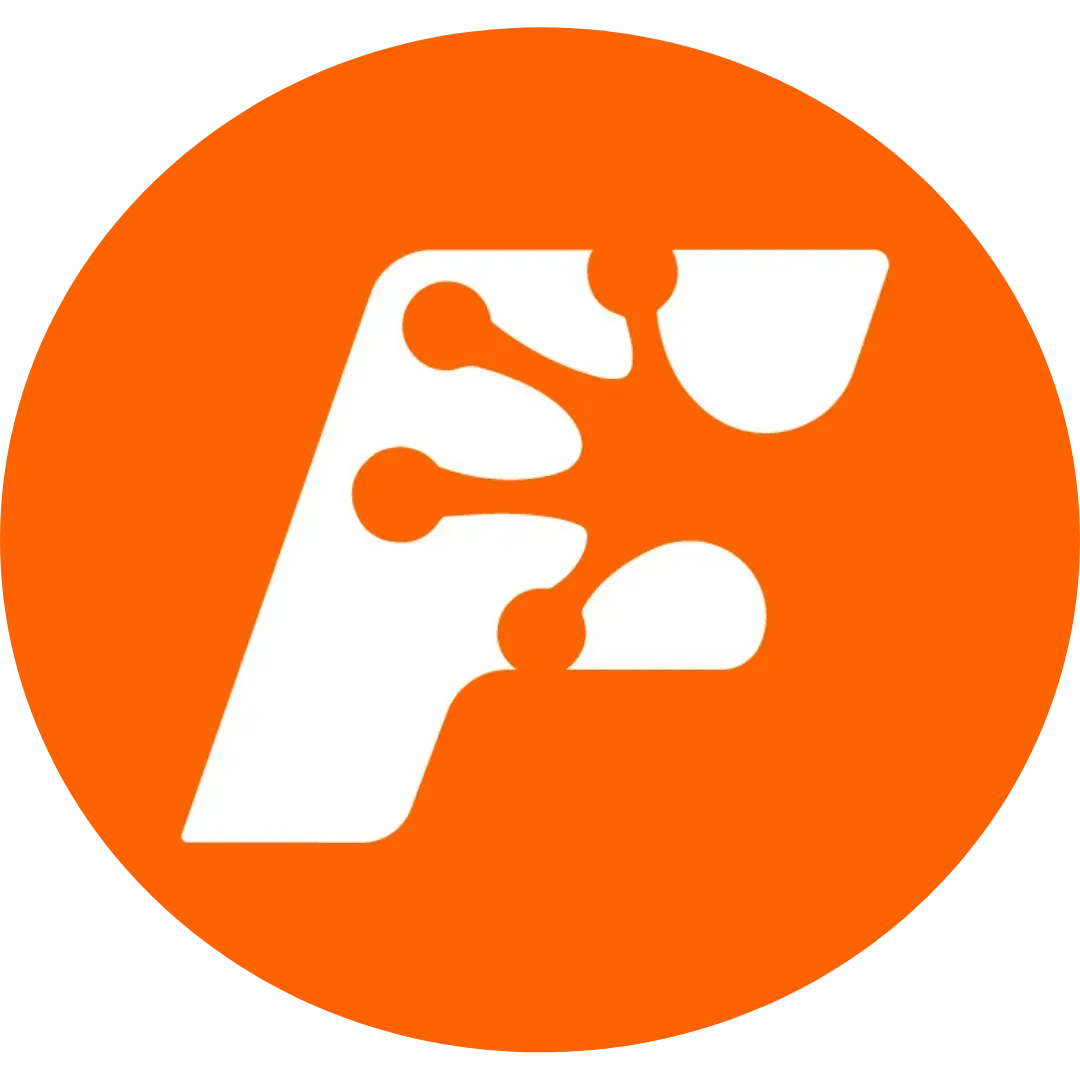2025 Sector Update: Marketing Recruitment and AI Adoption in NZ
Aiden Boast • July 1, 2025

In 2025, the marketing and digital recruitment sector in New Zealand is undergoing significant shifts as businesses respond to evolving consumer behaviour and technological advancement. Strategic planning, customer experience, and social media skills are leading priorities for employers. Lead generation and brand awareness remain key goals, identified by 60% and 54% of organisations respectively.
Although AI and automation are still emerging areas in terms of focus—cited by only 13%—they are steadily gaining traction as businesses begin integrating these tools into long-term strategies. Meanwhile, 65% of marketing teams plan to expand, yet 42% of companies report no hiring plans this year, revealing a gap between strategic intent and operational capacity.
Hiring is currently concentrated at the junior level, focusing on marketing assistants and coordinators. This reflects budget constraints and a preference for generalist roles that can span a variety of tasks. Staff turnover has largely stabilised, with 58% of teams reporting no major changes. However, resourcing issues persist, with 56% indicating they are under-resourced.
Despite these challenges, the adoption of AI tools is high—89% of teams have embraced these technologies to improve efficiency, especially in content creation, creative asset production, and SEO. Businesses are placing increasing value on adaptable, cross-functional talent capable of navigating both digital and creative domains.
"Marketing recruitment in twenty twenty five is continuing to evolve with businesses prioritizing strategic planning, customer experience and social media."
Aiden Boast, Team Leader of Temporary Specialist Recruitment at people2people, highlighted the sector’s changing priorities. He noted that lead generation and brand awareness continue to be critical, stating, "Lead generation at sixty percent and brand awareness at fifty four percent remain to be the top marketing priorities."
While AI has not yet dominated the marketing space, its influence is growing. "Automation and AI, although still secondary at thirteen percent, are gaining ground," Boast explained. Businesses are cautiously integrating these tools into their strategies, particularly in content creation (41%), creative asset production (27%), and SEO (21%).
Recruitment plans reveal a disparity between growth aspirations and real-world hiring practices. "Sixty five percent of marketing teams plan to grow in twenty twenty five, actual hiring remains somewhat muted at forty two percent of businesses saying they're not planning any new hires this year," said Boast. When recruitment does occur, it targets junior roles, such as marketing assistants and coordinators, due to budget pressures and the need for generalist skills.
The pressure on existing teams is evident. "Fifty-six percent of teams say they're under-resourced," Boast reported. Still, the commitment to using AI tools is widespread: "Eighty-nine percent have adopted AI tools to boost efficiency," which suggests a drive to compensate for limited manpower through technology.
Driving recruitment efforts are mainly replacement roles (34%) and business growth (27%). The top in-demand positions are marketing assistants (21%), coordinators (16%), and social media managers (14%). This indicates a strong need for operational support and digital-savvy talent.
Overall, marketing teams are navigating the tension between constrained resources and the imperative for innovation. As Boast summarised, the sector is “trying to balance tight resources with the need for innovation and adaptability in a fast-changing market.”
Tips for Navigating 2025 Marketing Recruitment
- Focus on hiring adaptable talent with cross-functional digital and creative skills.
- Use AI strategically in content production, SEO, and asset creation to maximise efficiency.
- Prioritise junior, generalist roles to stretch budgets while covering essential tasks.
- Develop clear long-term strategies for customer engagement and brand visibility.
- Invest in tools and training that support lean teams under resource pressure.
Grow your career and team
Get in touch with Frog Recruitment
Auckland I
Wellington
In business since 2002 in New Zealand, Frog Recruitment is an award-winning recruitment agency with people at our heart. Located across Auckland and Wellington, we specialise in accounting and finance, business support, education, executive, government, HR, legal, marketing and digital, property, sales, supply chain, and technology sectors. As the proud recipients of the 2024 RCSA Excellence in Candidate Care Award, we are dedicated to helping businesses achieve success through a people-first approach.







